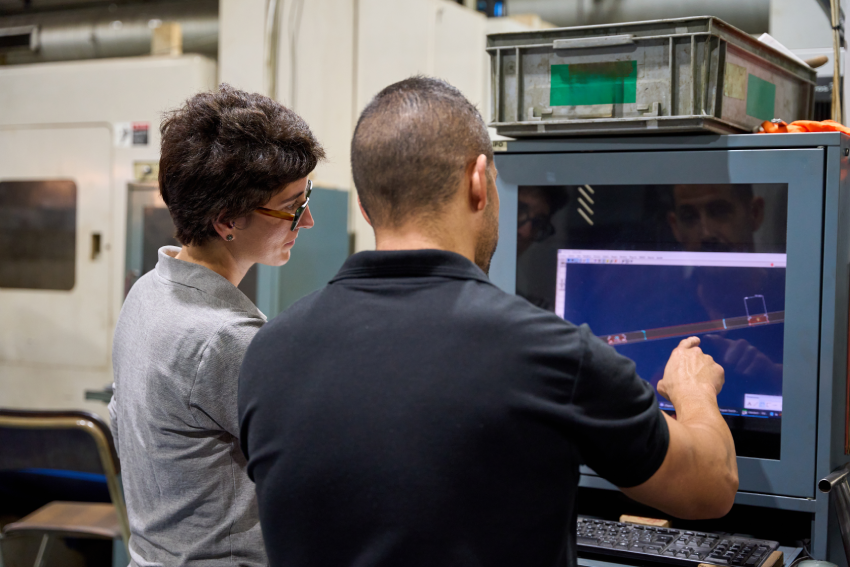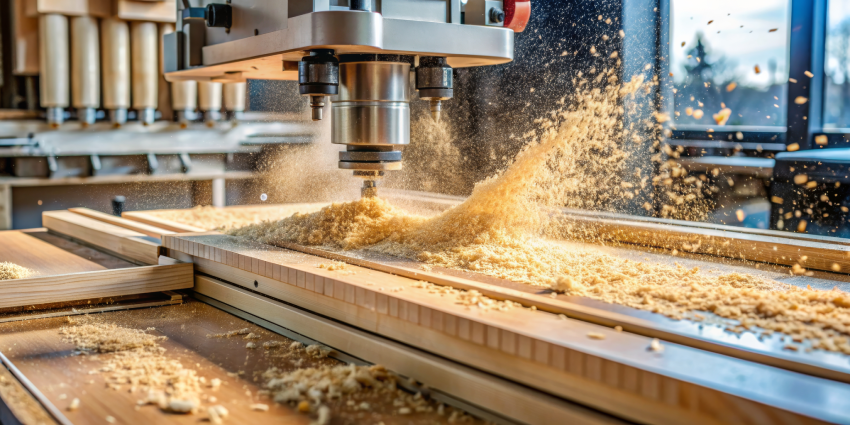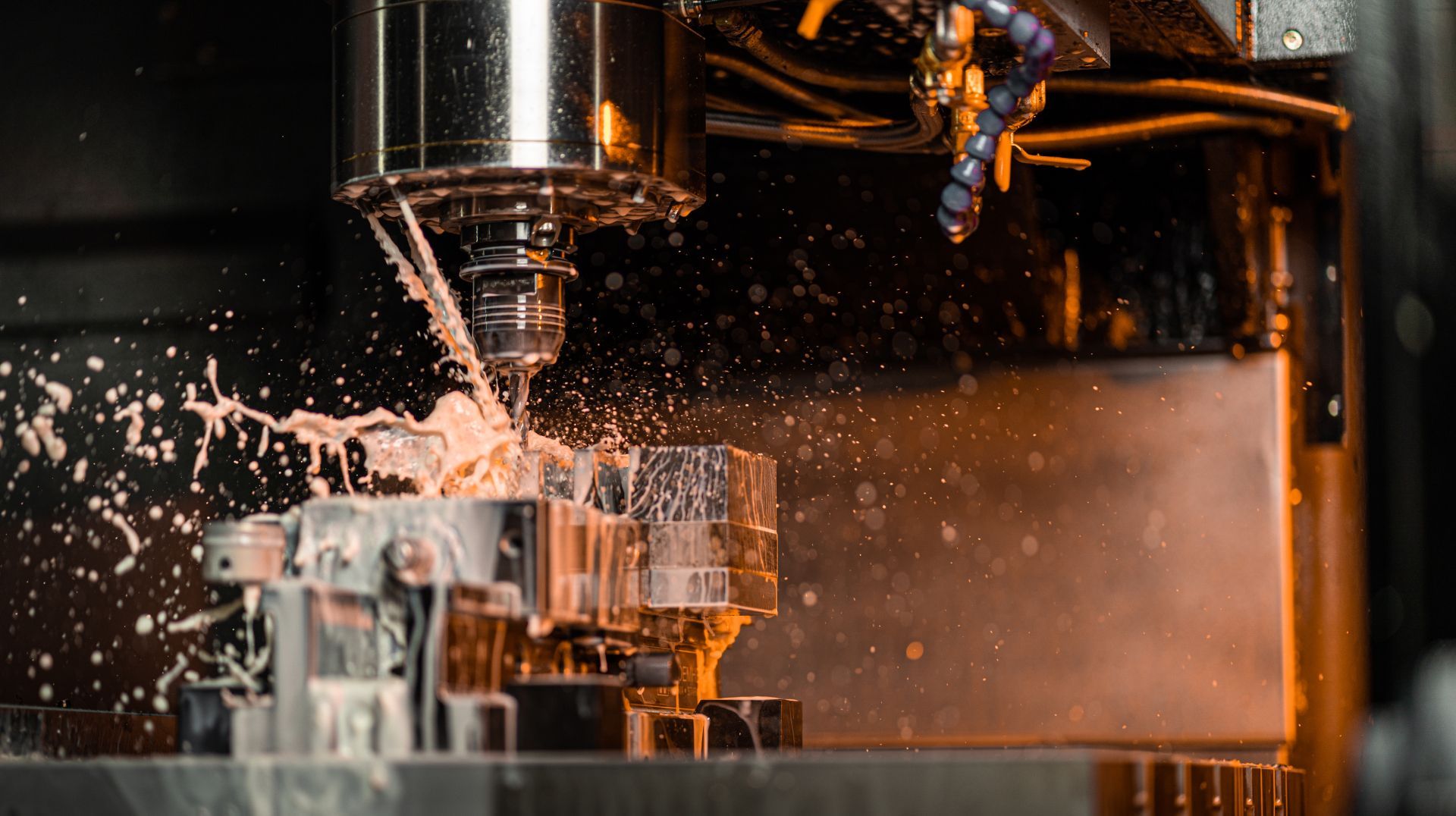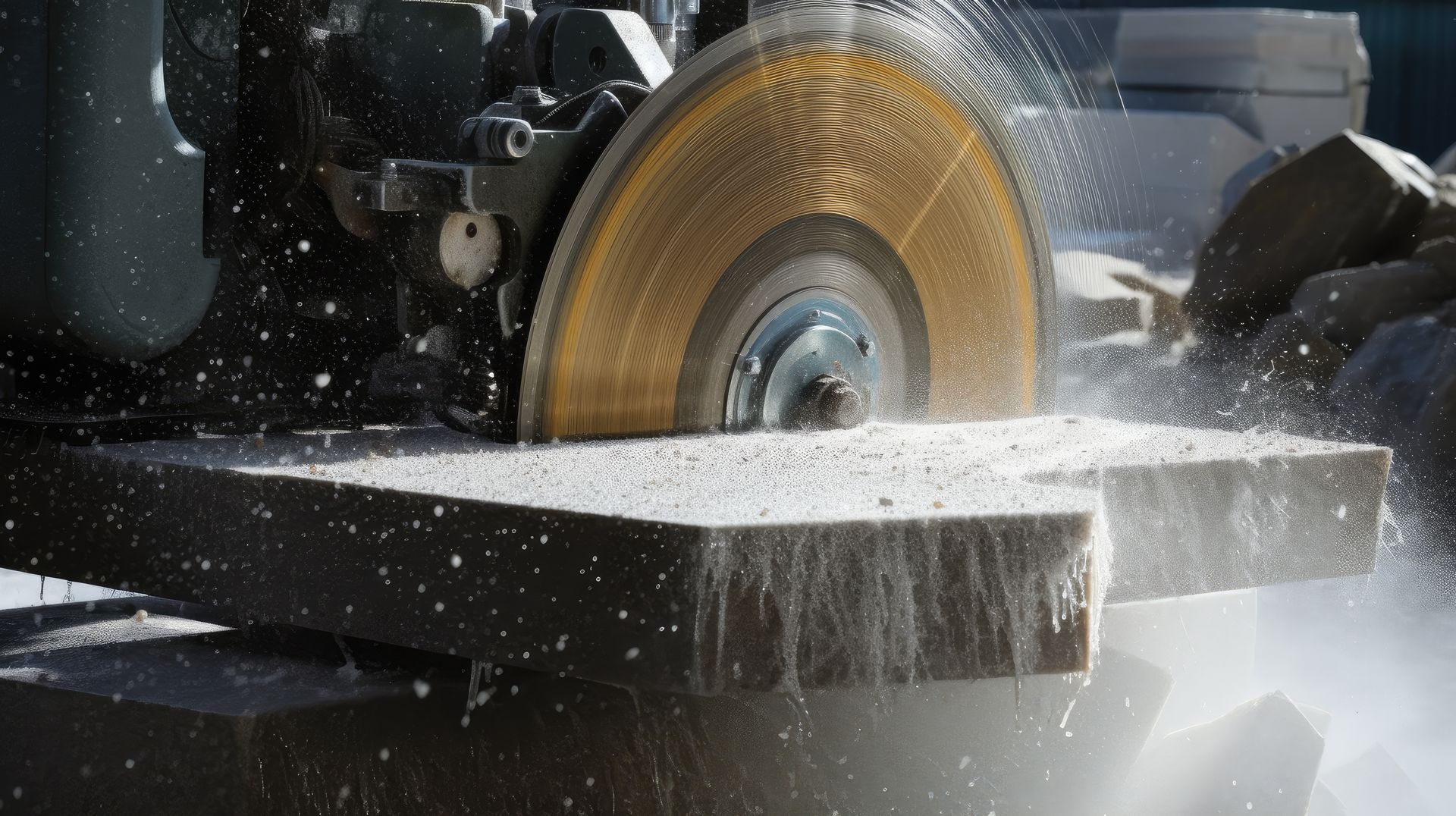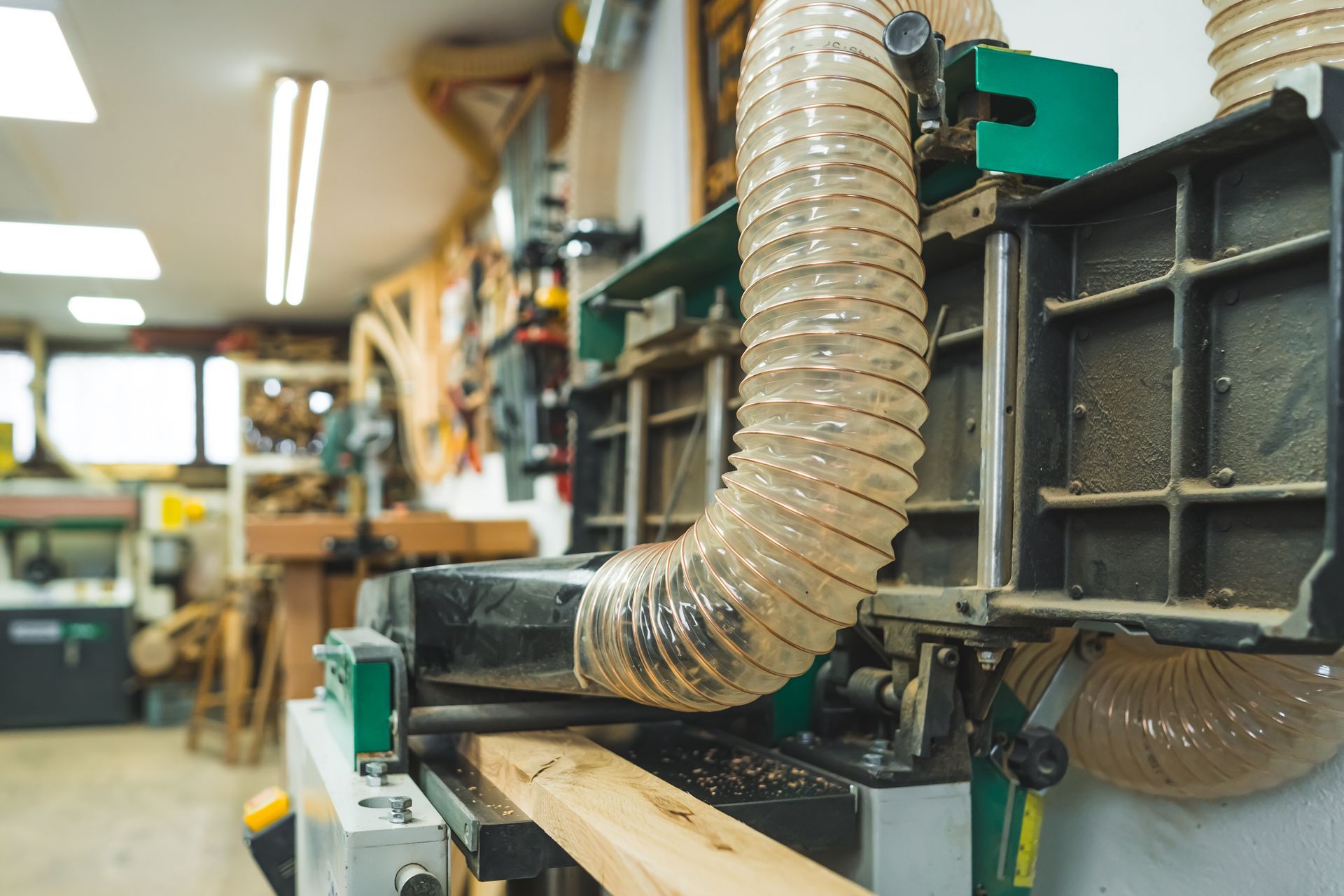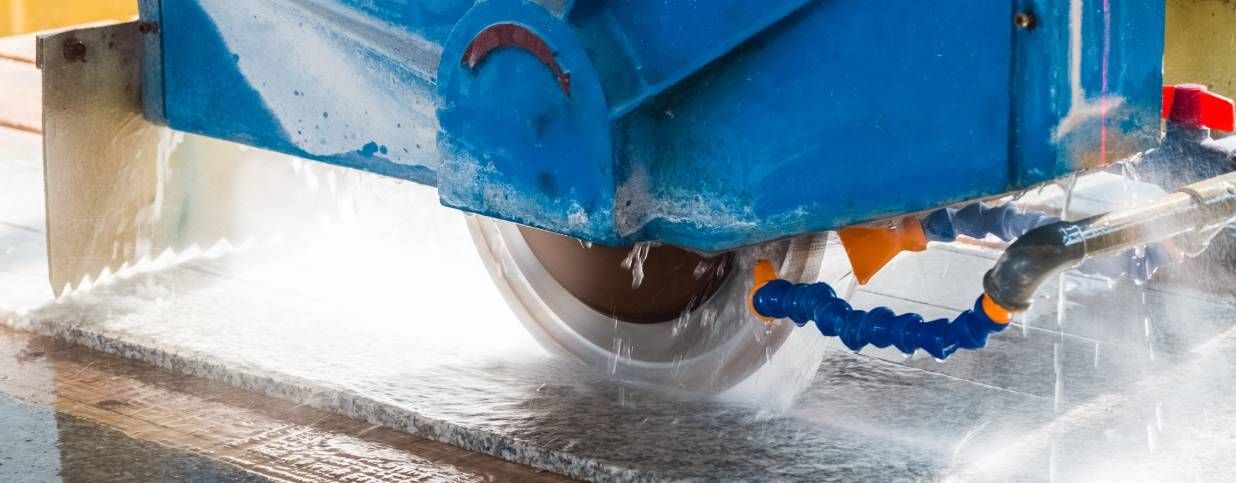Understanding Dust Collection Systems
New Title
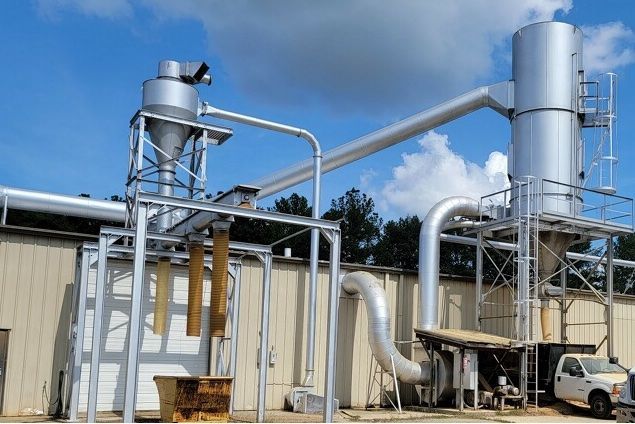
Good air quality is very important in factories for product quality and worker well-being. Understanding dust collection systems and which one we need is a vital part of this process to ensure the working environment stays clean and safe. We at Diversified Equipment have expertise in offering robust methods for handling dust efficiently. This blog will discuss the essential elements of dust collection systems, from capturing dust to its disposal in your unit.
What is a Dust Collection System?
A dust collection system is vital for any workshop or manufacturing facility that generates dust particles during production. These systems are designed to collect dust and debris from the air to prevent dust accumulation and to maintain a clean and safe working environment. Common types of dust that can be captured include wood dust from woodworking, sand from metalworking processes, and fumes from welding. By using a dust collection system with a high-efficiency filtration system, businesses can remove dust particles and particulate matter from the air to protect workers from respiratory hazards.
Dust collection systems can vary in size and capacity based on the volume of air they can handle and the size of the dust particles they can capture. Baghouse dust collectors are one example of a dust collection system commonly used to remove dust from the airstream in industrial settings. When choosing a dust collector, it's important to consider the amount of dust that will be generated, the filtration requirements, and the potentially hazardous nature of the dust being produced.
Techniques to Effectively Capture Dust
Here are some of the techniques used to capture dust effectively:
Ambient vs Source Capture Strategies
The method you select to capture dust in your area dramatically depends on the sort of dust and operations creating it. Ambient capture systems are used to clean the air throughout the facility. They have air cleaners put in clever locations to filter the air continuously.
On the other hand, source capture is about eliminating dust at its source. It's better for managing and getting rid of dust before it spreads into the wider environment. This typically includes using extraction arms, hoods, or concentrated dust collectors connected directly to the equipment producing these particles.
At Diversified Equipment, we suggest using source capture solutions for better and specific dust control. Safely moving dust is essential to keeping the air quality sound and decreasing total contamination.
Dust Collector and Designs
The essential component of a sound dust management system is the dust collector. Dust collector designs and how well they work will significantly affect how efficiently we capture dust. Dust collectors come in many types, including baghouse, cartridge, and cyclone systems. Different types of dust collector systems have benefits that suit different sizes of particles and volumes of dust. For instance, collectors like baghouses are suitable for big particles, while cartridge collectors are better for smaller and finer ones.
It's essential to choose the correct dust filter for a dust collection system. Filters with a higher Minimum Efficiency Reporting Value (MERV) rating can catch tinier particles, which is extremely important for tasks that produce a lot of dust. Regular maintenance and changing the filters at appropriate times guarantee the ongoing effectiveness of your dust collection system. Diversified Equipment provides these services as part of our complete maintenance agreements.
Moving the Dust
The dust that is produced must be transported to a collection system, so moving the dust from where it gets created into this area is very important. Usually, a network of ducts carries the dust to a collector.
The design of these ductworks has a significant impact because level designs might reduce effectiveness by causing dust to settle in ducts instead of reaching collectors. The right size of ductwork and steady airflow are significant. This is why Diversified Equipment provides CAD drawings and airflow analysis when we do the setup work.
Considerations for Dust Disposal and Storage
Lastly, how we handle dust after it is collected and stored is essential to stop pollutants from entering the space. Dispose of dust using a method that follows local environmental rules. This could mean putting it in bags or containers that don't allow spreading out again later on. You must maintain safe dust storage solutions so there isn't too much accumulation, which can cause other problems, such as explosions caused by accumulated dust .
Developing and implementing a good dust collection structure is crucial for keeping the manufacturing environment clean and safe. Diversified Equipment offers dust collection systems. We not only set up these systems but also ensure their continued success by providing maintenance services.
To improve the handling of dust in your establishment, contact Diversified Equipment today. We can guide you through the process of choosing, setting up, and maintaining an ideal dust collection system that matches your unique requirements. Understanding dust collection systems and knowing the product you need will ensure your operation remains tidy, meets regulations, and continues to generate profits for years to come.
Get In Touch
Thank you for contacting Diversified Equipment. A member of our team will follow up with you within 2 business days. If your needs are more urgent, please call us M-F 8-5 at 704-545-5198.
Please try again later.
© Copyright 2024 | All Rights Reserved | Diversified Equipment and Supply | Powered by WSI-Summit | Privacy Policy| Terms


